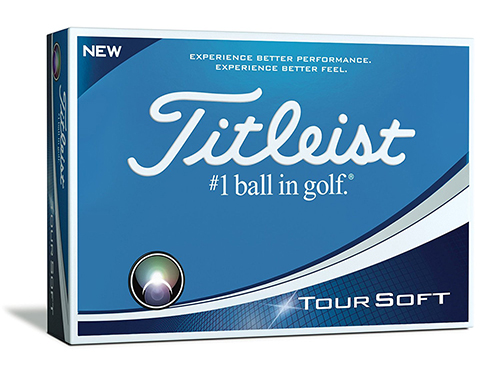The ability to compress the golf ball is what allows golfers to hit for long distance. The ball compresses after impact with the club and then springs back to original shape. This gives the ball a “slingshot” effect off the club face. Many golfers do not have the ability in their current game to compress the ball to a high degree. This inability is caused mostly by slow swing speeds. Swing technique does impact the ability to compress the ball, as some golfers with higher swing speeds still do not effectively compress the ball, but swing speed is the main driver in compressing the ball.
Historically, most of the golf balls available had compression ratings from 70 to 100. The higher the compression rating the more density the ball has. Tour balls used by professionals and low handicap golfers have a high compression rating. Better golfers typical have higher swing speeds which allow them to compress a high density ball. The benefit of a high density ball is that it offers more control to advanced players.
The average male golfer has a swing speed in the mid 80’s mph while the average swing speed for women is in the low 60’s mph. For a long time, golf ball manufacturers have provided balls with lower compression ratings (around 70) to help golfers with slower swing speeds to better compress the golf ball. These balls have less density which allows them to compress more and offer more distance. The majority of these balls are targeted to women golfers. I’m not sure if that is the best marketing ploy, as there are a large number of men who could benefit from a low compression rating ball but refuse to play a women’s golf ball.
The Wilson Duo golf ball was introduced in 2012 and created a lot of buzz in the golf community. Wilson was able to produce a ball with a super low compression rating of 40, providing long distance and minimal spin off the driver while still having a soft feel around the green. Many amateurs, including some with relatively faster swing speeds over 100 mph, find success with the Wilson Duo. It is a great ball for high to mid handicap golfers. Low handicap golfers will most likely find that the 2 piece Duo does not give them the necessary high spin, especially with their wedges.
Callaway recently introduced another ball into the super low compression market, the Super Soft golf ball. The Super Soft golf ball has a compression rating of 38 and incorporates Callaway’s HEX Aerodynamics as the dimple pattern. Like the Wilson Duo, it’s main selling point is long, straight drives off the tee with more softness around the greens than other two piece balls. The Callaway Super Soft provides another option to those looking for a super low compression ball.
If you’re a high to mid handicap golfer looking for more distance, give a super low compression ball a try. The Wilson Duo and Callaway Super Soft both offer super low compression to give golfers with slower swing speeds added distance.



